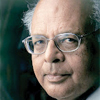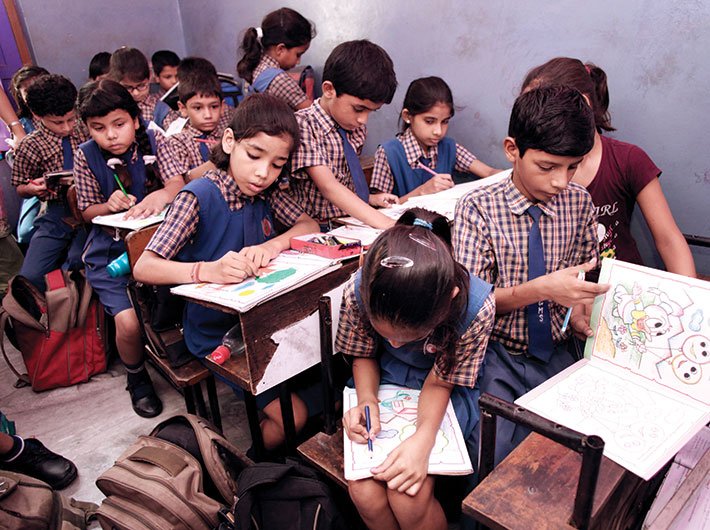The shameful state of Indian education is documented every year by Pratham in its annual survey of education. Since the tragedy never ends, its statistics also hardly change from year to year. That can be boring. Luckily, Pratham also applies its mind, and tries out something new from time to time. Its annual results are from a sample survey; this year, it has done a census of a ward each in five cities.
READ: Five years of RTE: Enrollment is up but learning is down
Almost all children are enrolled in schools by now, so attention has moved away from getting children into school. But I find a difference between north and south India: if we exclude Delhi, which is probably India’s richest and best administered city, more children have never attended school in the north than in the south. The proportion is 3.4 per cent in Hyderabad and 0.9 per cent in Mysore, against 6.7 per cent in Jaipur and 8.1 per cent in Patna. Is this due to the fact that poorer people (read lower castes) got into politics and shared power earlier in south India than in north India? Maybe it has also something to do with returns on education.
If they get into school at an early age, children usually stay on for some years: the difference between children aged 6-10 and 11-14 who are not in school is not large. It was my view that Indian schools are jails for children, and that they escape as early as they can; that cannot be right if children are staying on in school. Their performance improves if they stay longer; but a high proportion of the children – a third or more – do not master even second-standard texts after they have been to school for eight years. Schools are not jails; children stay on in them, and must therefore be enjoying them. But they are not places where children learn something.
The difference in the proportion of boys and girls not going to school is not great; so sex discrimination seems to have disappeared, at least as far as sending children to school is concerned. But it is reflected in the kinds of schools to which children are sent. The proportion of girls going to government schools is higher than of boys in all cities; conversely, the proportion of boys going to private schools is higher than of girls.
It is interesting that the proportion of children going to private schools falls and the proportion going to government schools rises with age. This may be because parents think that private schools make more difference to children’s subsequent performance in their early years, or because the supply of private schools is greater for younger than for older children. My guess is that many private schools are kindergartens started by women and run in a spare room. As children grow up, the demands of their education go beyond this single room model. They need to learn more subjects, and they have to go to proper schools.
In other words, the supply of private schools is influenced by their capital- and skill-intensity; providing private schooling in later standards requires skills and capital that go beyond the capacity of individual women. It may also be that as children get older, their schooling becomes more oriented towards government-run examinations, and these cannot be taken without being admitted to schools recognised by the government. But there is another possible explanation: a very high proportion of private schools are English medium, and language skills are acquired early in life. So parents expose children to English early in life. That still leaves the question: why do they not send the children to English-medium secondary schools? It may be because they cannot afford it: English-medium schooling is limited by the incomes of parents. Or there may be a shortage of teachers capable of teaching higher classes in English.
Pratham tests the capability of children in reading, arithmetic and English. Performance in the three is broadly correlated across cities: children that do well in one do well in the other two also. But there are exceptions: in some cities, children do much better in reading than in the other two. All of us remember the rote learning we underwent in school: the teacher would make us stand up and read something out of a text book. That continues to be the fate of children even today. It is an easy and lazy way of teaching.
The performance of children who go to private schools is not great, but it is considerably better than of children who go to government schools. That raises the question whether governments have the competence to provide education. They should offer all children a subsidy equal to the average cost of educating them in government schools, and let them go and get educated wherever they wish. There would have to be some way of ensuring that the parents do not pocket the money and leave their children unschooled. The way of ensuring that does not happen would be to give the subsidy only to children who have passed the first two or three standards from government schools with reasonable marks. Will that not deprive government schools of their best students? If teaching is good in a government school, few parents will be stupid enough to send their children to private schools at a higher cost. If the government learns to teach, private schools will become luxuries – as they are in rich countries.
(The article appeared in February 1-15, 2015, issue)

